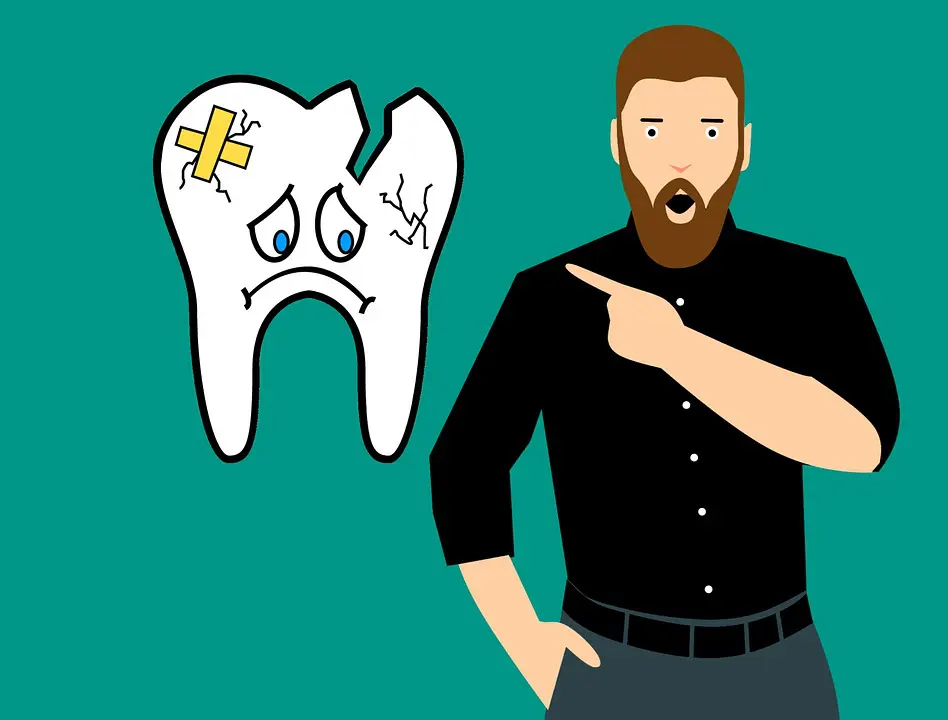Human teeth are very strong due to the outer layer of enamel that may be cut only by a diamond- coated drill. Over the years, though, due to our diet or decay, the structure of the tooth enamel could become weak, making them susceptible to fractures or breaks.

(Pixabay / mohamed_hassan)
You will know when you have broken teeth when you feel that they have become sharper. The shape of the teeth can also change, at times becoming smaller than what they used to be. When you check in the mirror, you can easily spot a broken tooth. It will not cause you any pain unless the broken part involves the nerves of the pulp chamber. If nerves are involved, you will notice sensitivity or pain whenever there is a temperature change inside the mouth or while you are chewing food.
The symptoms of fractured teeth are not always the same. They will depend on the type of fracture you experience and could include the following:
- Fractured cusp – The fracture occurs on the crown of the tooth or on the upper part of the root. When you have this kind of fractured tooth, you will usually experience zaps or sharp pain while drinking either hot or cold beverages or while chewing on food.
- Craze line – This is a minor fracture that is confined within the enamel layer. There are no symptoms for this type of fracture.
- Vertical tooth fracture – This fracture occurs on the root portion of the tooth. With this type of fracture, you will experience pain coming and going while you are chewing food or even when doing nothing.
- Split tooth – This fissure goes straight down the middle of the tooth. It could be painless at times, but you will usually feel it while chewing on food.
Broken teeth should receive treatment from your dentist. When you are aware that a tooth has broken, you should pick up the broken part of the tooth or the whole tooth (if it has fallen out). Put the part or the whole tooth in a milk solution or in a small container with your own saliva. See your dentist within an hour so he or she can attempt to restore the tooth. Your dentist will check to see if the nerve of the tooth is affected. If it is, they may recommend a root canal filling and the construction of a new crown. If not, it may be remedied by a filling. If your broken tooth is beyond saving, then a broken tooth extraction will be the only option left.
There are various treatment options for a fractured tooth. If the fracture manifests no symptoms, it may be best to leave it alone. If the fracture is in the upper crown and accompanied by pain, a root canal procedure may be recommended. In a worst case scenario, the dentist may have to do a tooth extraction.
Practicing good oral hygiene each day could prevent cases of both broken and fractured teeth.
